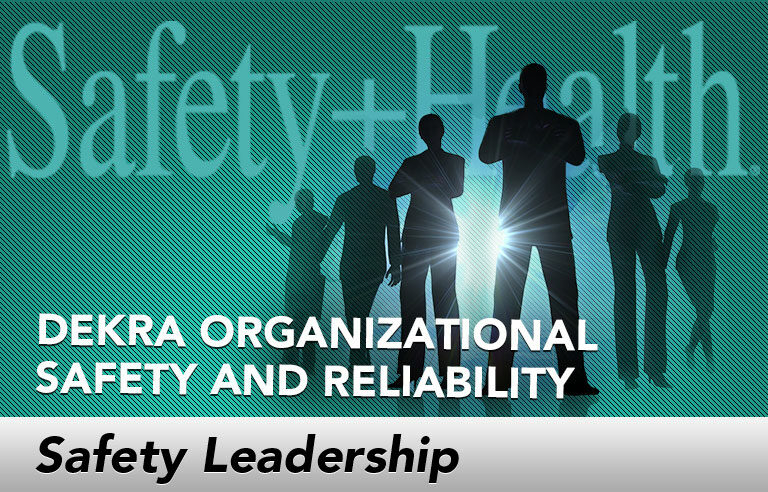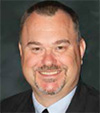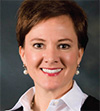Safety Leadership: Is your personal brand helping your safety leadership?

Editor’s Note: Achieving and sustaining an injury-free workplace demands strong leadership. In this monthly column, experts from global consulting firm DEKRA Insight share their point of view on what leaders need to know to guide their organizations to achieve world-class safety performance.
Amazon CEO Jeff Bezos once remarked that personal brand is “What others say about you when you’re not in the room.” This blunt assessment is no less true for safety leaders, who know that reputation can help or hinder their ability to influence a team or manage upward. Your brand is the composite of your strengths, what you’re known for, what you’re sought out to do and what you’re passionate about. And it’s something you have whether you’re aware of it or not.
In our work with leaders, one of the most powerful ways to improve job performance, satisfaction and effectiveness is to help the leader understand and develop his or her personal brand.
Contrary to the notion of “brand” as the trade craft of motivational speakers and marketers, personal brand development is really the practice of being authentic. A leader who owns her brand knows who she is (and who she’s not) and uses that knowledge to act with intention. In this sense, personal brand development is a critical platform for an effective safety leadership practice. You can’t bring your unique gifts and sensibilities to your role in safety if you don’t know what they are.
The hard work of being yourself
Most of us go through our careers without thinking about our personal brand: We are who we are, right? Unfortunately, neglecting your brand doesn’t negate its effect – it simply leaves the outcomes to chance. To take charge of your brand, start by asking yourself:
- What is my existing brand in safety? You’re given a 60-second radio spot to communicate who you are. What would you say? Practice saying it out loud and pay attention to your reaction as you hear the words. For many of us, there are parts that feel true and parts that sound a little “off” – like we’re describing someone else. What are those things that don’t ring true? What would it mean to let them go? Does it convey your commitment to safety and leading it well?
- What is my personal mission statement? One of the most powerful ways to cultivate the passion that drives your brand is to create and live by a personal mission statement, philosophy or creed. Such statements capture what you want to be and do, what qualities you want to develop, what you want to accomplish, and what contributions you want to make. Consider how safety factors into conveying who you are. Creating clarity in this area is important because it affects the goals you set, the decisions you make, the paradigms you may have and, most importantly, the way you spend your time and effort.
- What do I want my brand to be? Look at your experience, expertise, behaviors (e.g., frequent activities or services) and passion (what “fills your cup”), and then identify common themes. What would a new brand look like if it drew on these things? What would the new 60-second radio spot sound like?
- What steps can I take to realize my true brand? Reworking your brand is an active process that draws on four principles: Plan (What would I change?), Do (What would I do differently?), Check (What is standing in my way?) and Act (What do I need to take action on? Am I acting with intention?).
Personal branding is about taking charge of your career and your leadership role by identifying who you are personally and professionally. If done well, your personal brand can build your self-confidence, assist in advancing your career and free you to contribute to a safer workplace in the way that only you can.
 Steven Luttrull is vice president of talent management for DEKRA Insight, where he has worked with industry leaders to improve safety performance for more than 17 years.
Steven Luttrull is vice president of talent management for DEKRA Insight, where he has worked with industry leaders to improve safety performance for more than 17 years.
 Jennifer McKelvey is senior vice president of process safety operations for DEKRA Insight, where she helps leaders develop and implement strategic solutions for improving safety performance.
Jennifer McKelvey is senior vice president of process safety operations for DEKRA Insight, where she helps leaders develop and implement strategic solutions for improving safety performance.
Post a comment to this article
Safety+Health welcomes comments that promote respectful dialogue. Please stay on topic. Comments that contain personal attacks, profanity or abusive language – or those aggressively promoting products or services – will be removed. We reserve the right to determine which comments violate our comment policy. (Anonymous comments are welcome; merely skip the “name” field in the comment box. An email address is required but will not be included with your comment.)

